The first images of the environment around an energetic X-ray binary star could help expand our understanding of planet and star formation.
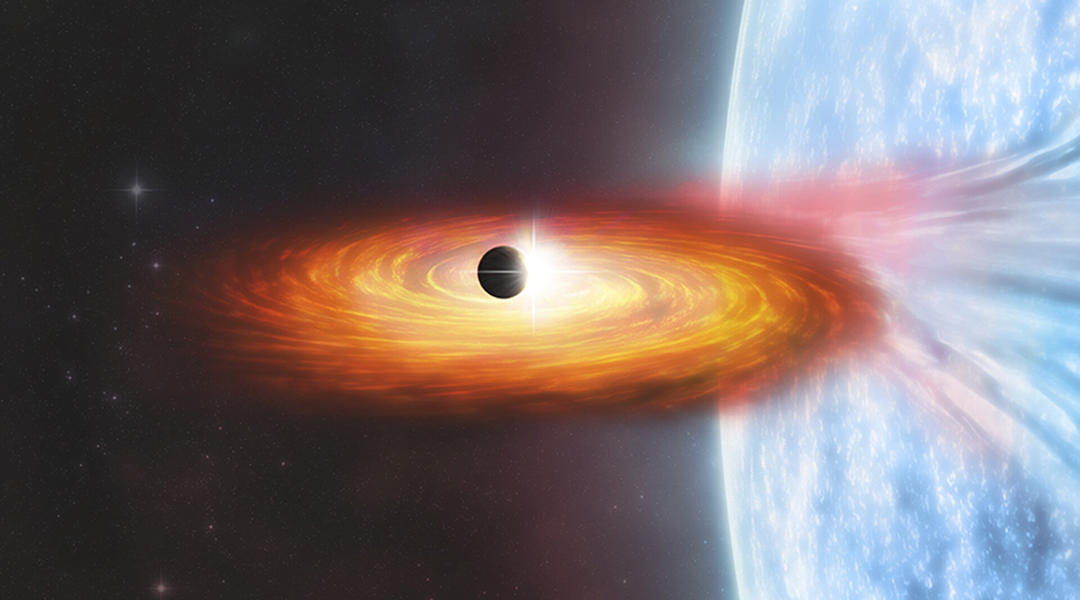

The first images of the environment around an energetic X-ray binary star could help expand our understanding of planet and star formation.
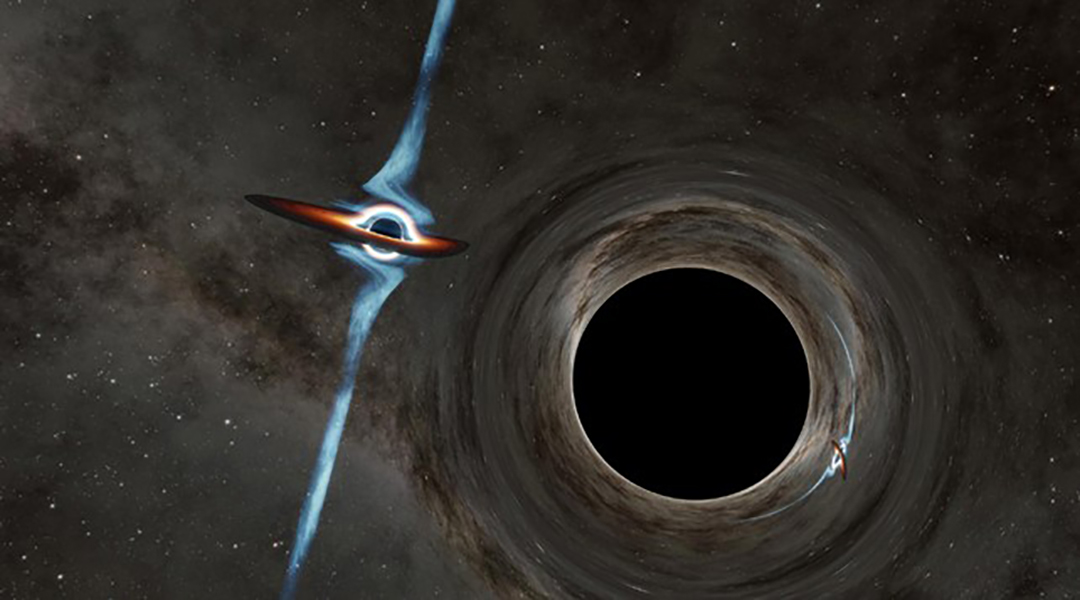
45 years worth of radio telescope observations have identified a pair of supermassive black holes at the core of two galaxies set to merge.
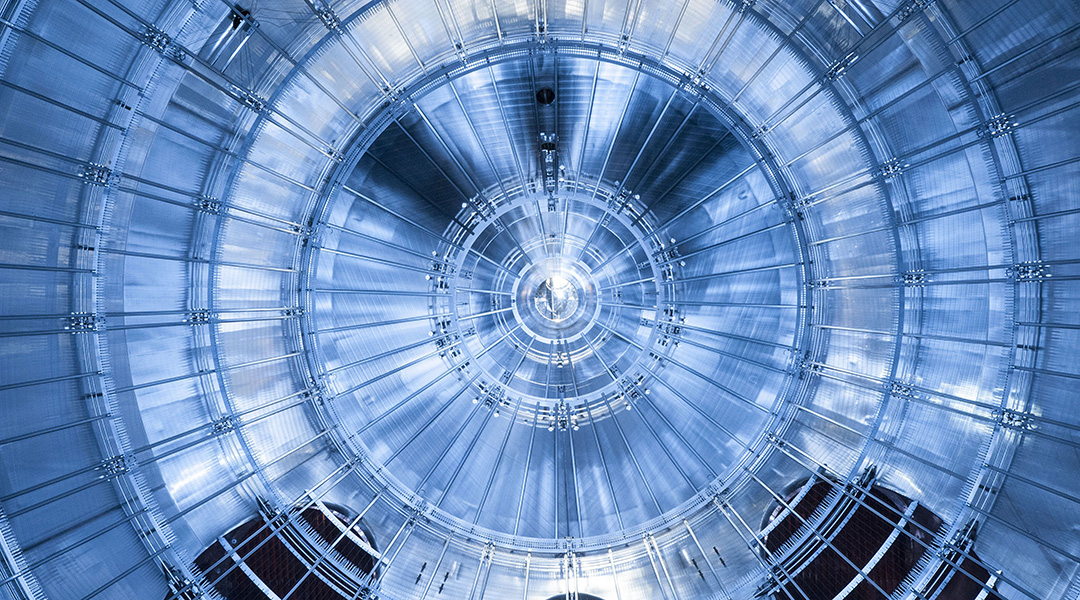
Scientists have constrained the mass of neutrinos to less than 1 eV for the first time, breaking an important barrier in neutrino physics.
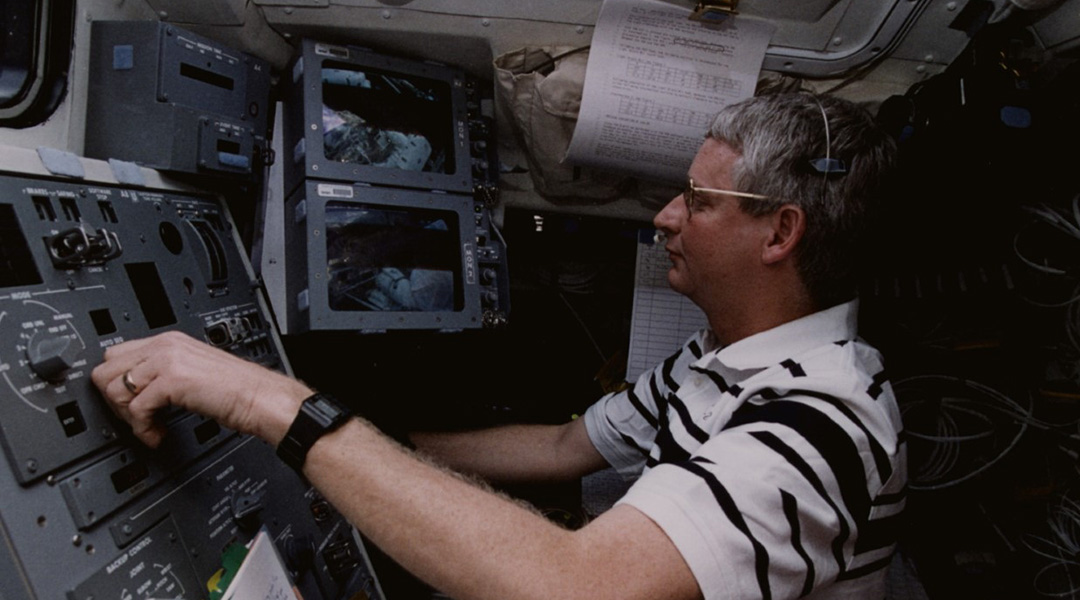
Astrophysicist and retired NASA astronaut Steven Hawley takes us through his fascinating career.
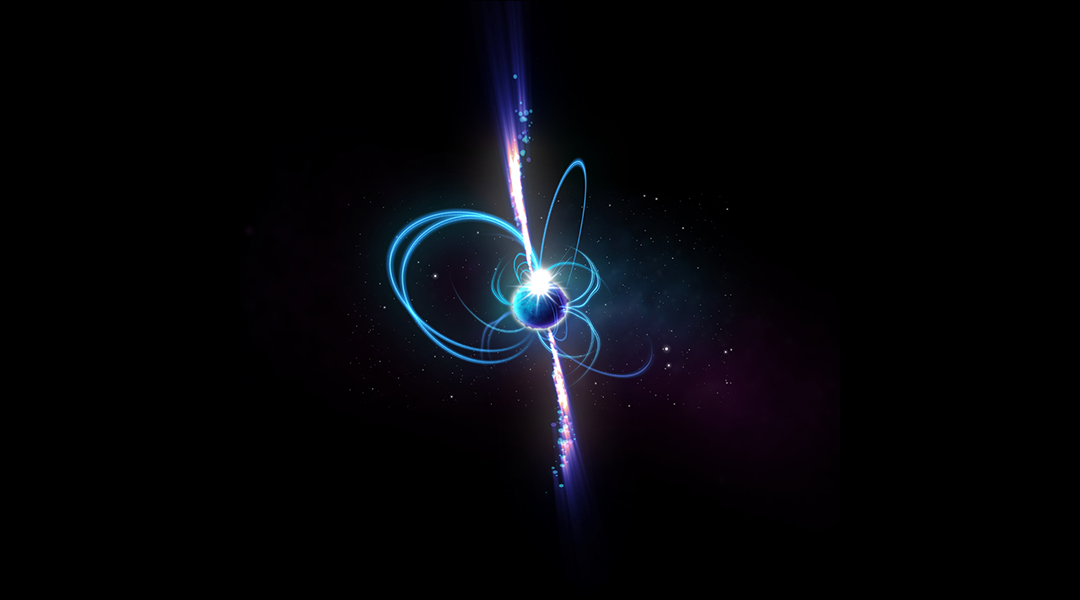
Scientists have observed a peculiar object emitting radio waves once every 20 minutes, and it may be a new kind of neutron star.
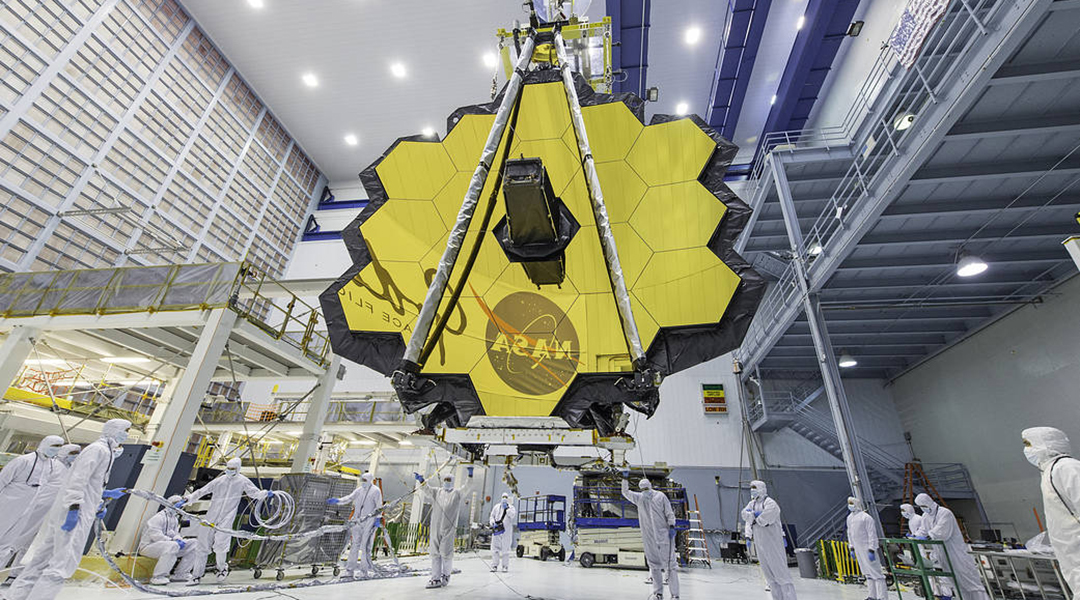
The new James Webb Space Telescope will collect infrared light from distant corners of the cosmos, enabling scientists to see further than ever before.
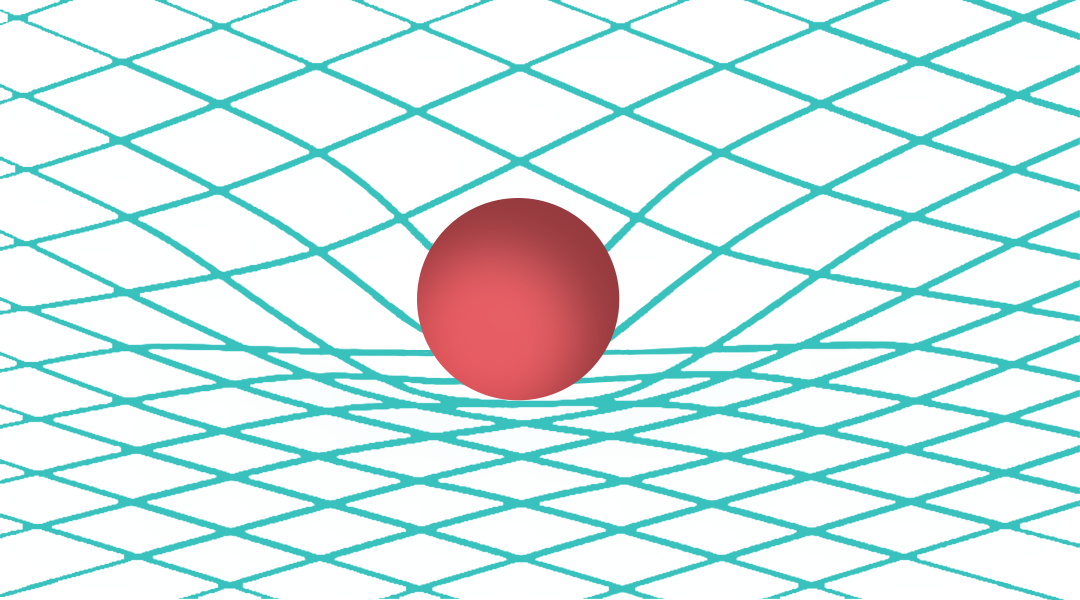
Regions of spacetime where gravity is so strong that nothing, not even light, can escape!
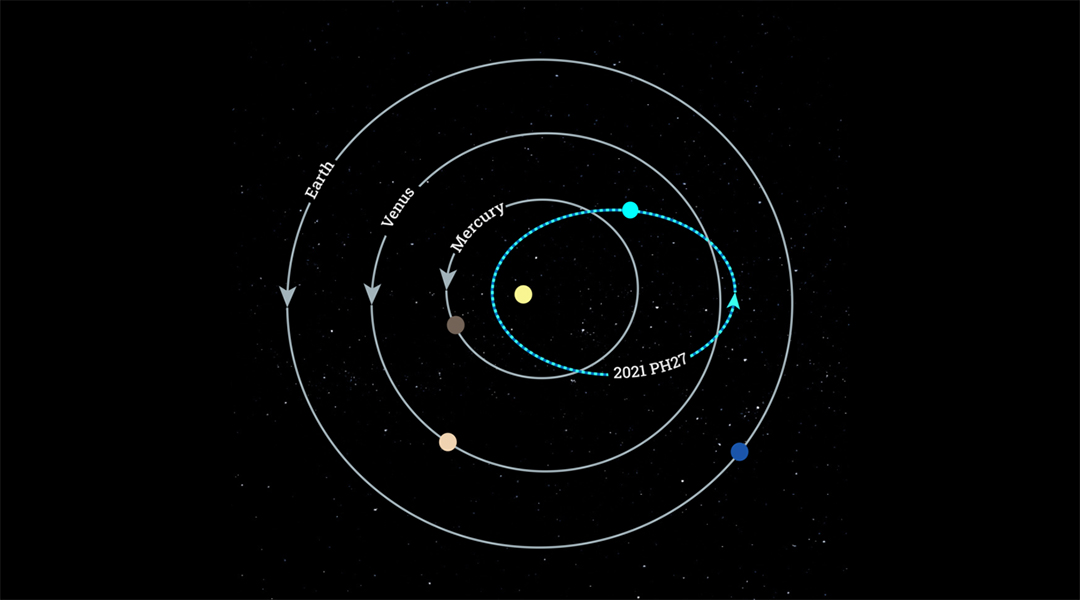
A new asteroid that orbits the Sun in just 113 days was recently discovered in twilight images.
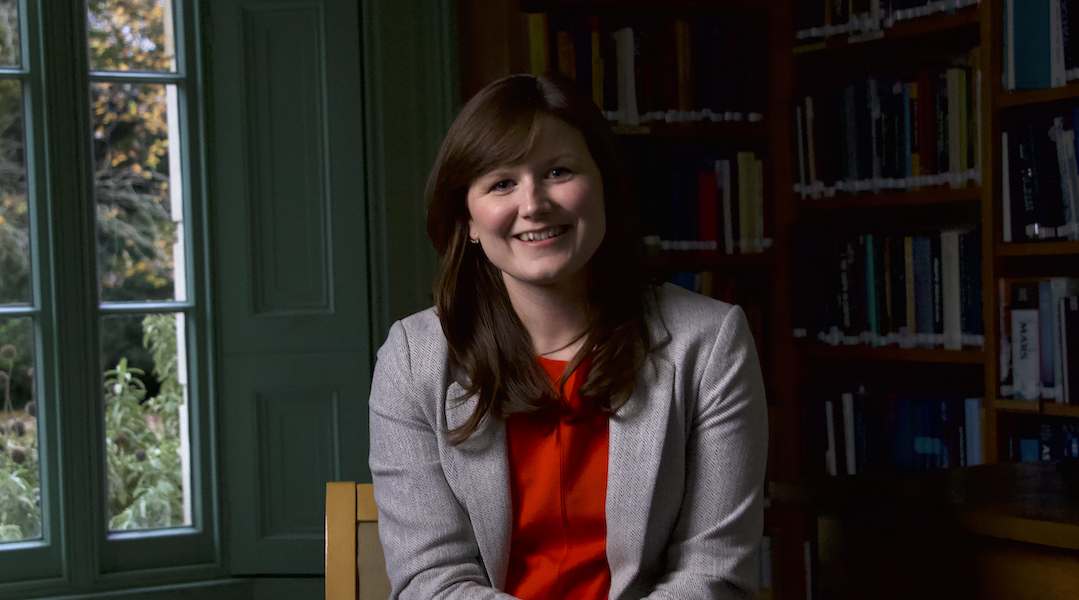
Your “friendly neighborhood astrophysicist” Becky Smethurst is enthusiastically exploring the universe and educating us along the way.
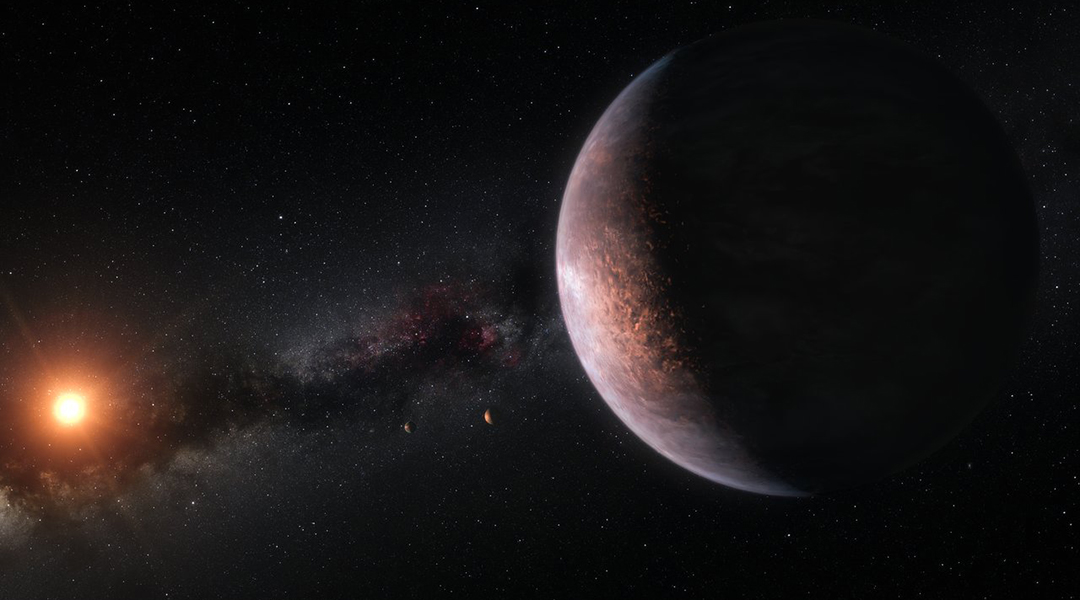
An intriguing thought experiment catalogs which of our interstellar neighbors might be gazing back at us.